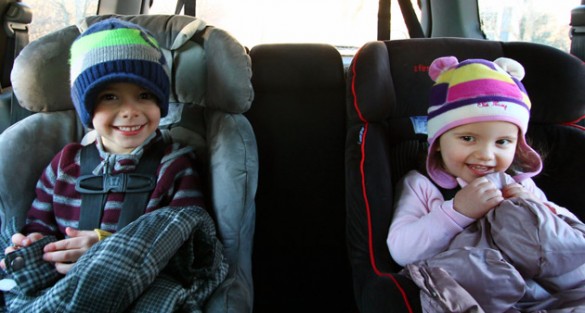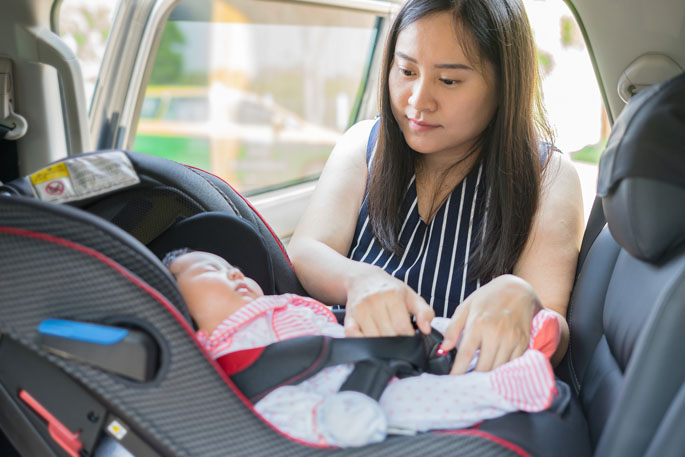Monroe Carell Jr. Children’s Hospital at Vanderbilt offers tips to keep kids safe
Every 33 seconds, a child in the United States is involved in a car crash. More than one-third of kids who died in crashes were completely unrestrained without a car seat or seatbelt.
“An estimated 73 percent of car seats are not used or installed correctly,” said Purnima Unni, MPH, CHES, Pediatric Trauma Injury Prevention Manager at Monroe Carell Jr. Children’s Hospital at Vanderbilt. “The key to keeping your child safe is to make sure your child is in the right seat for their age and size — and to make sure that the seat is installed correctly in your vehicle.”
According to a National Highway Traffic Safety Administration Survey, the following are the most significant and commonly observed mistakes made by parents and caregivers when using and installing car seats and booster seats:
- Incorrect harness slot used –harness straps used to hold the child in the car seat positioned either too low or too high
- Incorrect positioning of harness on the child – harness chest clip positioned over the abdomen rather than the chest – or not used at all
- Loose car seat installation – the restraint system moved more than 2 inches side-to-side or front to back; anything more than 1 inch is too much
- Loose harness – there should be no slack between the child and the harness strap
- Seat belt placement was wrong – Lap belt resting over the stomach and/or shoulder belt on the child’s neck or face
In recognition of *Child Passenger Safety Week, Monroe Carell Jr. Children’s Hospital at Vanderbilt offers the following tips to help parents ensure their child’s car seat is installed and used correctly:
- Right Seat: Check the label on your car seat to make sure it’s appropriate for your child’s age, weight and height.
- Right Place: Keep all children in the back seat until they are 13. Doing this, along with correctly using the appropriate child restraints, greatly reduces the risk of injury.
- Right Direction: You want to keep your child in a rear-facing car seat for as long as possible. When he or she outgrows the seat, move your child to a forward-facing car seat. Make sure to attach the top tether after you tighten and lock the seat belt or lower anchors.
- Inch Test: Once your car seat is installed, give it a good shake at the base. Can you move it more than 1 inch side to side or front to back? A properly installed seat will not move more than 1 inch.
- Pinch Test. Make sure the harness is tightly buckled and coming from the correct slots (check manual). Now, with the chest clip placed at armpit level, pinch the strap at your child’s shoulder. If you are unable to pinch any excess webbing, you’re good to go.
For additional resources, Safe Kids Worldwide created the Ultimate Car Seat Guide to address the basics and provide parents with expert advice to protect their children at every stage and age in cars. Information on child passenger safety can also be found at http://www.childrenshospital.vanderbilt.org/services.php?mid=2777.
*Child Passenger Safety Week is a program of the National Highway Traffic Safety Administration.















